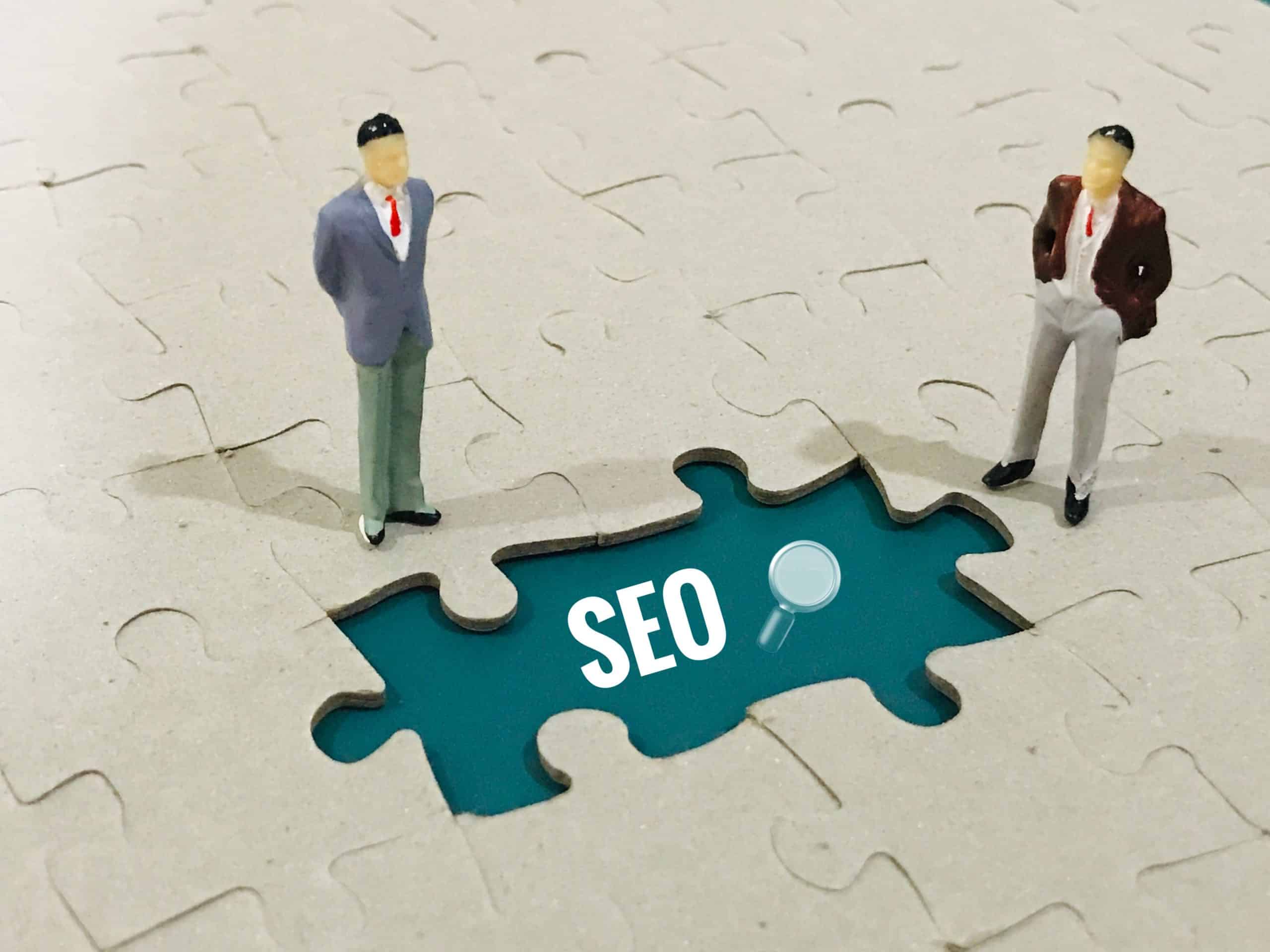What Strategies Can Maximize Land Use in Small-Plot Urban Developments?

Urban development is a complex and multi-faceted process, requiring an intricate blend of strategic planning, zoning regulations, and community engagement. The challenge intensifies when working with small plots, where every square inch counts and innovative strategies for maximizing land use become crucial. As cities continue expanding and urban spaces become more valuable, scholars, planners, and local communities often come together to formulate strategies that ensure efficient land use, while maintaining sustainability and economic viability for the residents.
Urban Development Planning: An Overview
The backbone of any successful urban development is an effective planning process. This involves analyzing the available land in an urban area, anticipating future needs, and ensuring that the area is used to its fullest potential without compromising environmental sustainability. The goal is to create a harmonious balance between residential, commercial, agricultural, and recreational spaces.
Cela peut vous intéresser : What Are the Challenges of Converting Office Buildings into Post-Pandemic Living Spaces?
Urban planning is inherently complex and requires a deep understanding of the local environment, community needs, and economic dynamics. For instance, the process of zoning – dividing an urban land area into sections for different uses like residential, commercial, or industrial – is a key element of urban planning which requires an in-depth understanding of the socio-economic fabric of the city.
Maximizing Land Use: The Role of Zoning
As cities grow, so does the pressure on the land. The shortage of available land makes efficient zoning imperative. The objective of zoning is to enhance the quality of life for residents by segregating incompatible land uses and ensuring that each area is utilized optimally. For example, by separating residential areas from industrial zones, we can prevent potential disturbances to residents while ensuring that industries have sufficient space to operate.
Avez-vous vu cela : What Are the Considerations for Building Eco-Friendly Ski Lodges in the UK?
Through strategic zoning, small-plot urban developments can maximize land use. For instance, mixed-use zoning allows for multiple types of activities in the same area, such as having retail and residential spaces in the same building. This not only optimizes land use but also reduces the need for commuting, thus lowering carbon emissions and contributing to environmental sustainability.
Community Involvement in Land Use Planning
Community involvement is a fundamental aspect of urban development. Residents who live and work in the area will have invaluable insights into what the community needs, and these insights can shape the planning process. By involving the community in the planning and zoning processes, planners can gain a deeper understanding of local needs and work to incorporate them into their strategies.
For example, a community might express a need for more parks and recreational spaces. Urban planners can then incorporate this need into their plan, designating certain areas for these uses. This not only maximizes land use but also improves the quality of life for residents, making the city a better place to live.
Economic Consideration in Urban Land Development
Economic factors significantly influence urban land development. For instance, the availability of jobs and business opportunities will attract more residents to the area, which in turn increases the demand for residential and commercial spaces. Thus, urban development strategies must consider this interplay between economic factors and land use.
Maximizing the economic potential of a small-plot urban development can be achieved through several strategies. For example, incentivizing the development of underutilized areas or rehabilitating old buildings can bring new economic life into these spaces. Another approach can be the implementation of tax incentives or grants for businesses that move into these underutilized areas, thereby attracting economic activity and making efficient use of the land.
Environmental Sustainability in Land Use
In the face of climate change and environmental degradation, it’s crucial that urban development strategies incorporate environmental sustainability. This means designing cities that are resilient, promote green spaces, and prioritize sustainable practices in construction and operation.
For example, incorporating green spaces into urban planning can help to mitigate the heat island effect, whereby urban areas are significantly warmer than rural areas due to human activities. These spaces not only provide recreational areas for residents but also help to improve air quality, reduce noise pollution, and enhance local biodiversity.
Similarly, encouraging environmentally friendly construction practices can minimize the impact of urban development on the environment. This includes promoting the use of sustainable building materials, implementing efficient waste management systems, and designing buildings that optimize energy use.
Urban development, especially in small-plot scenarios, requires an intricate mix of planning, community engagement, economic considerations, and environmental sustainability. By adopting these strategies and adapting them to local needs, cities can make the most out of their urban spaces, creating environments that are both prosperous and sustainable.
Strategic Use of Vacant Land: Opportunities for Urban Agriculture and Green Infrastructure
Vacant plots often present opportunities for creative land planning. Their transformation into productive spaces can significantly contribute to maximizing land use, especially in small-plot urban developments. Two innovative strategies that have gained much attention in recent years are urban agriculture and the development of green infrastructure.
Urban agriculture involves the production of food in urban spaces. It fits well in the context of small plots due to its flexibility in scale and method. According to numerous studies on Google Scholar, urban agriculture can supplement food systems, enhance local food security, and contribute to local economic development. Moreover, it provides recreational opportunities and can strengthen community engagement. For instance, community gardens not only provide fresh produce but also foster a sense of community.
Green infrastructure refers to an interconnected network of green spaces that provides multiple environmental, economic, and social benefits. It includes features such as parks, green roofs, rain gardens, and permeable pavements. Strategically integrating such green infrastructure into urban land planning can enhance land efficiency. For instance, green roofs can provide additional space for recreation or urban agriculture, while serving critical environmental functions like stormwater management and urban heat reduction.
Thus, by transforming vacant land into productive green spaces or food-producing areas, cities can maximize the utility and value of their land while promoting sustainability and community engagement.
Mixed Development: A Long-Term Strategy for Maximizing Land Use
Mixed development, also known as mixed-use development, is a strategic approach to urban planning that combines residential, commercial, and sometimes industrial uses within a single development or neighborhood. It offers a long-term solution for maximizing land use in small-plot urban developments.
Mixed development can increase land efficiency by promoting the co-location of different functions. It reduces the need for commuting, saving time and transportation costs for residents, while simultaneously reducing traffic congestion and carbon emissions. Moreover, by promoting a vibrant mix of uses, it can enhance the livability and attractiveness of urban areas, contributing to their economic vitality.
For instance, the ground floors of buildings in a mixed development can be used for retail or commercial activities, while upper floors are used for residential units. This not only optimizes the use of the plot but also fosters a sense of community by bringing people and activities closer together.
In mixed developments, careful attention must be paid to design and zoning to ensure compatibility between different uses and to maintain a comfortable living environment. Properly implemented, mixed development can significantly maximize land use, contributing to more efficient, sustainable, and livable cities.
Conclusion
Urban development in small plots requires innovative and strategic planning to maximize land use. By leveraging strategies such as strategic zoning, community engagement, urban agriculture, green infrastructure, and mixed development, cities can extract maximum utility from each square inch of their urban land.
However, it is crucial that these strategies are adapted to fit the local context and community needs. Urban planners should continually engage with local communities to ensure that their plans align with the needs and aspirations of the residents.
Ultimately, the goal of urban planning and development is not merely to maximize land use but to create vibrant, sustainable, and equitable urban spaces that enhance the quality of life for all residents. It’s a delicate balance that requires an intricate blend of strategic planning, zoning regulations, economic consideration, and environmental sustainability – all working in harmony for the long-term prosperity of urban communities.
